The last time we presented a few of the most interesting looking experimental aircraft of World War II and now we are back with some more of them. Some of these aircraft actually made it in their full design and were even used during the war for quite a bit. Nowadays the majority of them only sit in the museums across the globe.
So let’s have a flight on the list of the amazing experimental aircraft of World War II (part 2).
Kyushu J7W
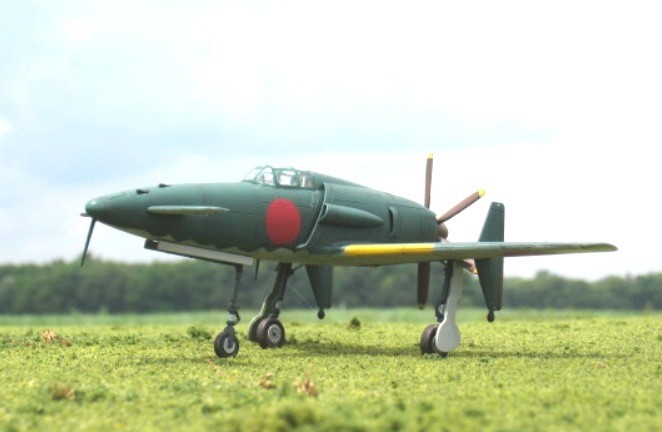
The Kyushu J7W was a futuristic looking aircraft that was developed by the Japanese. It featured a canard design and was reefed to as an aircraft with the main wing being mounted on its rear side while the small wing in the front.
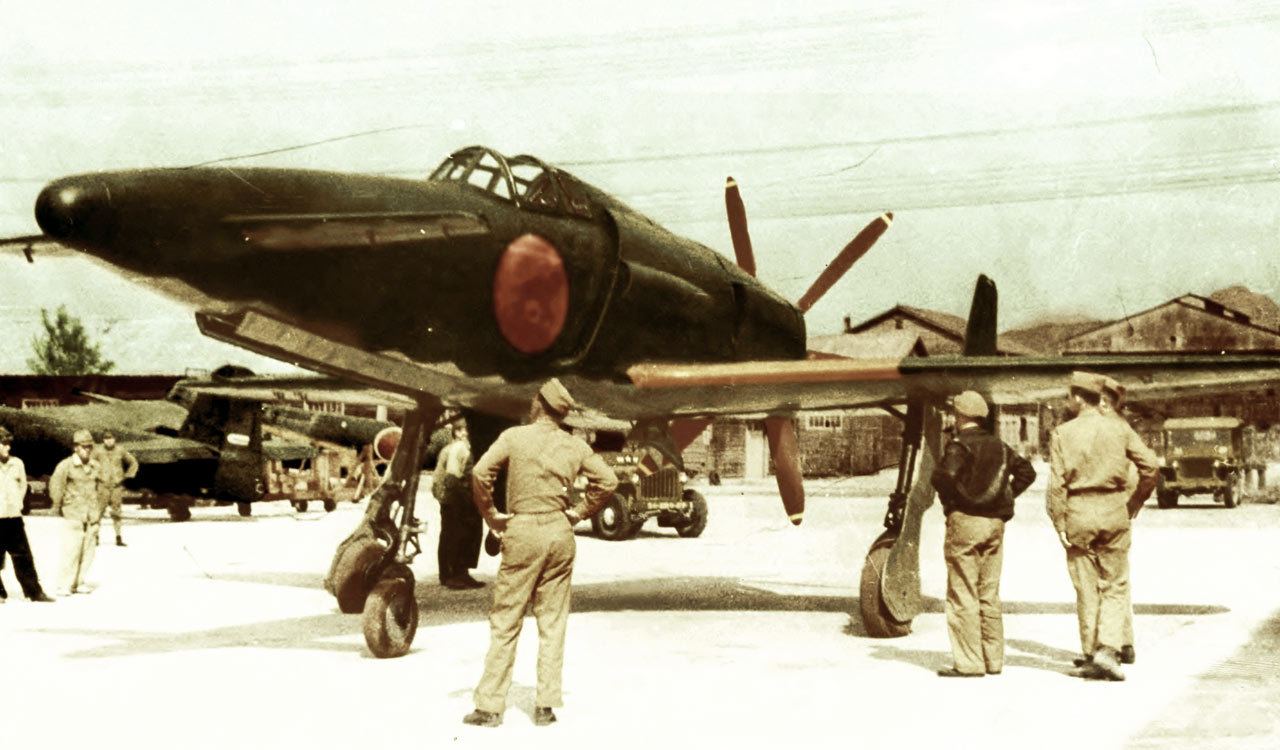
The hopes behind this design were that it would allow the Kyushu J7W to have increased maneuverability in the air while it engages against American B-29 Bombers.
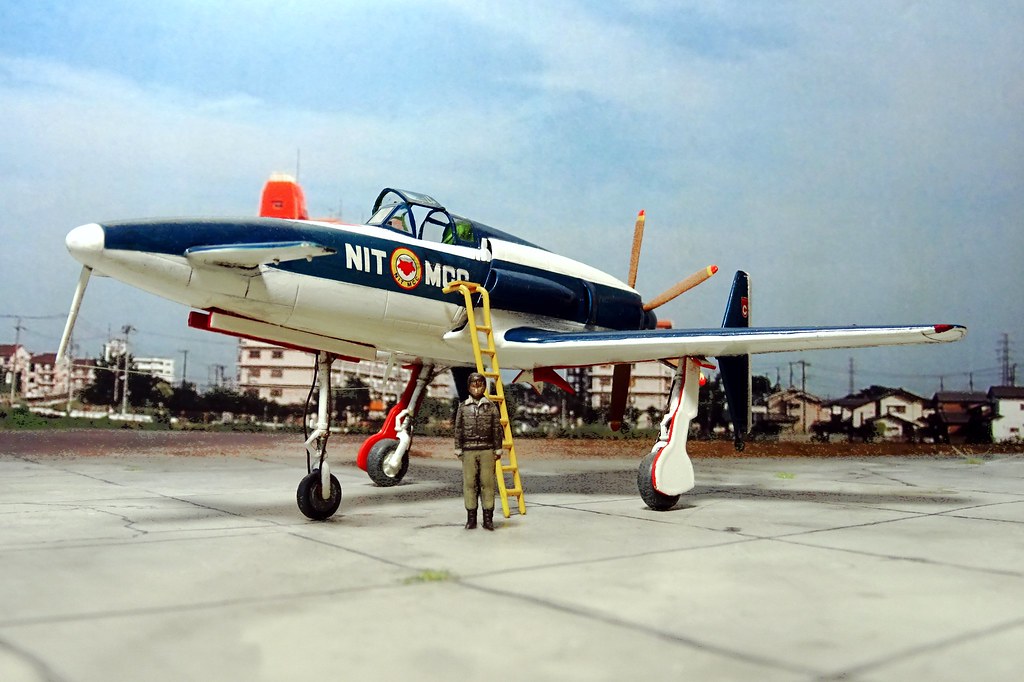
By the time the World War II ended, the engineers of the Kyushu J7W figured out nearly all of its defects and they were going to mass produce it. Fortunately, the war ended and by that time only 3 working prototypes were available. Even during its test flights, the aircraft only had a total of 45 flight minutes.
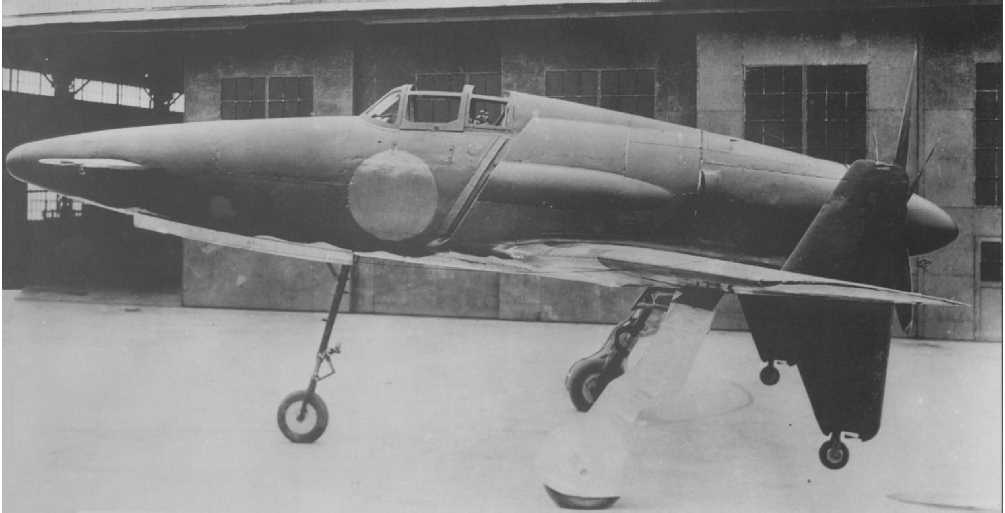
Heinkel He 100 And He 113

As the German forces were looking to level up the war in the skies, they looked for some unorthodox plane design other than their Bf-109. The leading competitor in this design race was the company named Heinkel which presented its Heinkel He 100. The Heinkel He 100 at that time was regarded as the world’s best fighter plane.

The Heinkel He 100 was actually an improvement on the design of the Bf 109 with some improved characteristics which allowed it to be an effective Luftwaffe asset against the Allied pilots and their fighter planes.
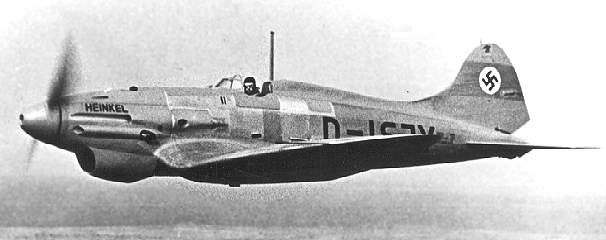
The Heinkel He 100 also broke the speed of sound record for an aircraft of its class and held it for several years. However, Luftwaffe suddenly stopped the Heinkel He 100 project without any reason.
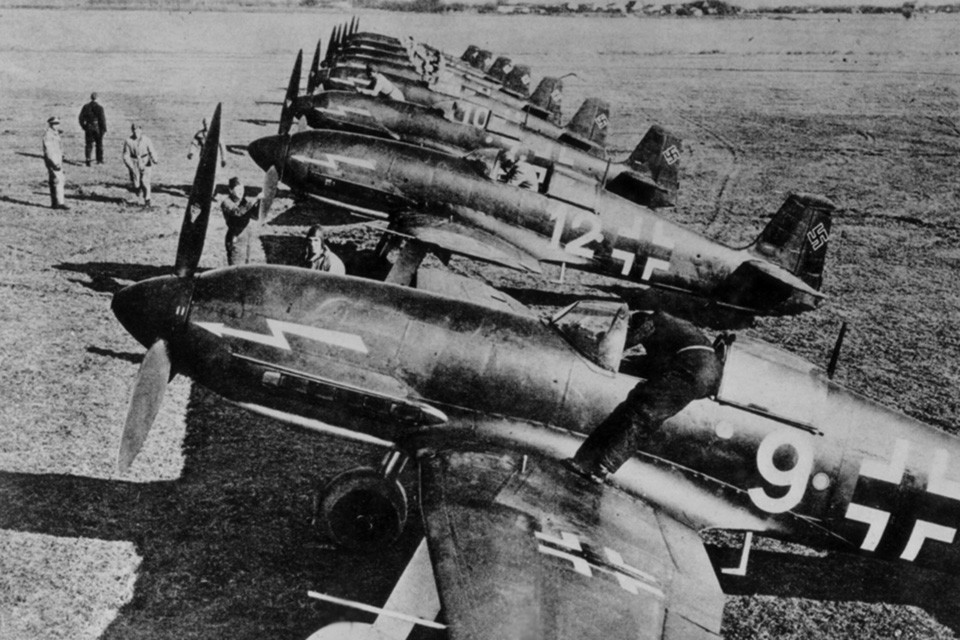
After some time, Luftwaffe started a rumor about a He 113 fighter aircraft but it was nothing more than a He 100 prototype which was only repainted.
Fisher P-75 Eagle
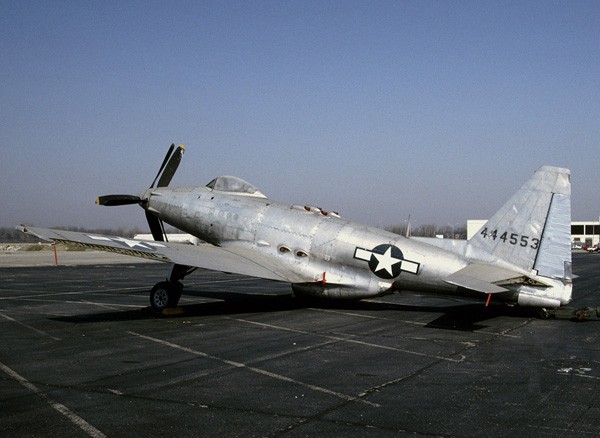
During the early period of World War II, America’s fighter planes like P-51 and P-47 were still under developmental stages and Luftwaffe had an advantage in that regard. In order to compete with Luftwaffe’s aerial advantage, American started looking into high-speed interceptor fighter aircraft that would have some heavy armament capabilities.
To show off at this point a company named Allison presented their V-3420 engine which had 24 cylinders. Both Allison and the Fisher Body Division joined their hands to develop an aircraft around this engine and the result of it was the Fisher P-75 Eagle.
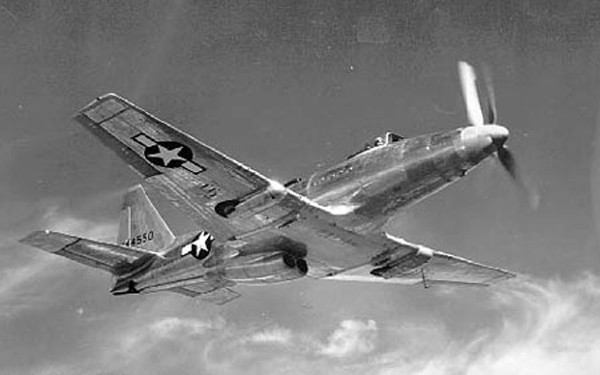
The Fisher P-75 Eagle was actually the result of the parts of some other successful aircraft which included mainly parts from a diver bomber Dauntless and fighters such as P-47 and P-51.

Well, it was no surprise that to make an aircraft by making use of other aircraft parts did not end up being successful. The Fisher P-75 Eagle tuned out to be a sluggish and slow aircraft for its primary task as an interceptor aircraft.
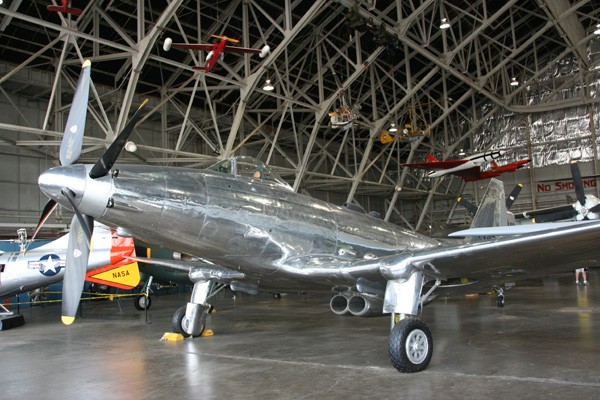
USAF decided to use it as a long-range escort fighter aircraft but by that time, there were already many other exceptional aircraft that entered the service prompting its production to cease.
Bereznyak-Isayev BI-1
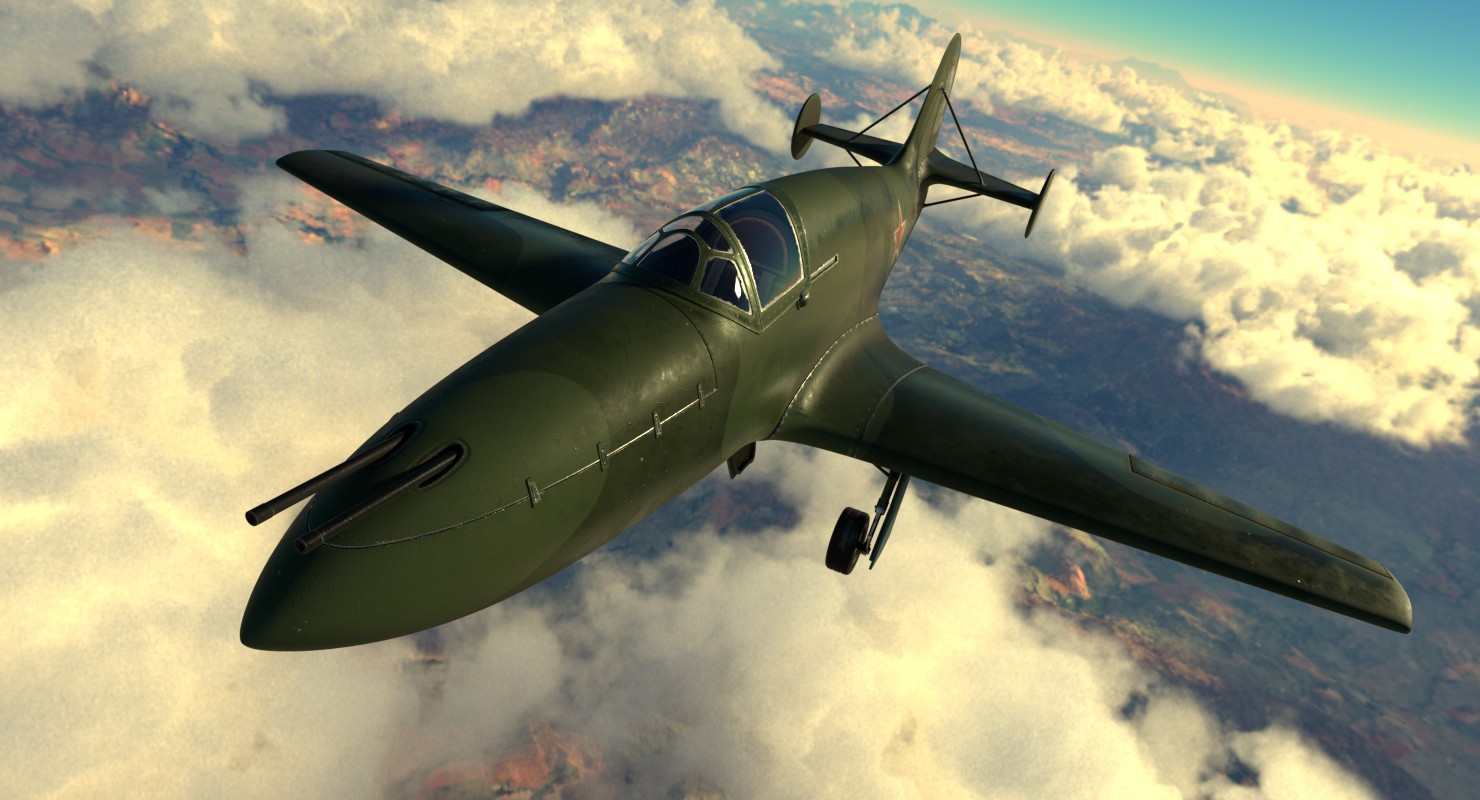
During world war II, many of the world militaries started to experiment with rocket-powered aircraft with the most successful being the German Me 163 Komet, an interceptor jet-powered aircraft.
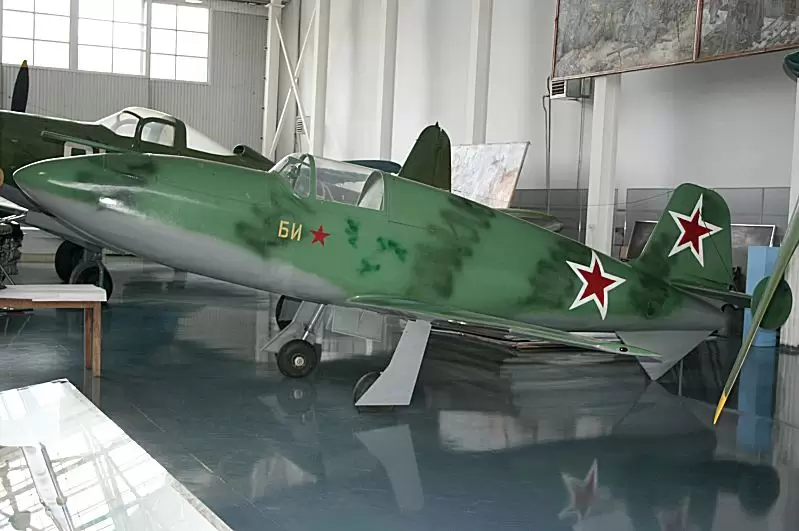
In the 1930s the Soviet Union wanted an aircraft that would be powered by a rocket but would still have a short size and have fast speed. The Soviet engineers completed the design of such aircraft back in 1941 and the result was the Bereznyak-Isayev BI-1 which was completed in a mere 45 days.
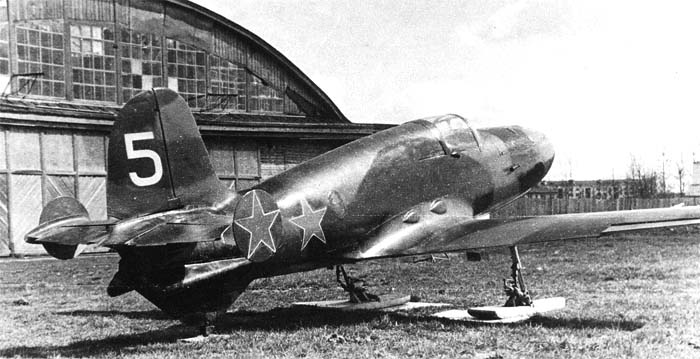
However, the Bereznyak-Isayev BI-1 had serious limitation and that was too in its flight time. The aircraft after being ignited by the pilot could only fly for 15 minutes. Another problem that the Bereznyak-Isayev BI-1 experienced was that the design of plywood and metal was not suited for an aircraft that could reach supersonic speeds as it would fall apart under the speed.
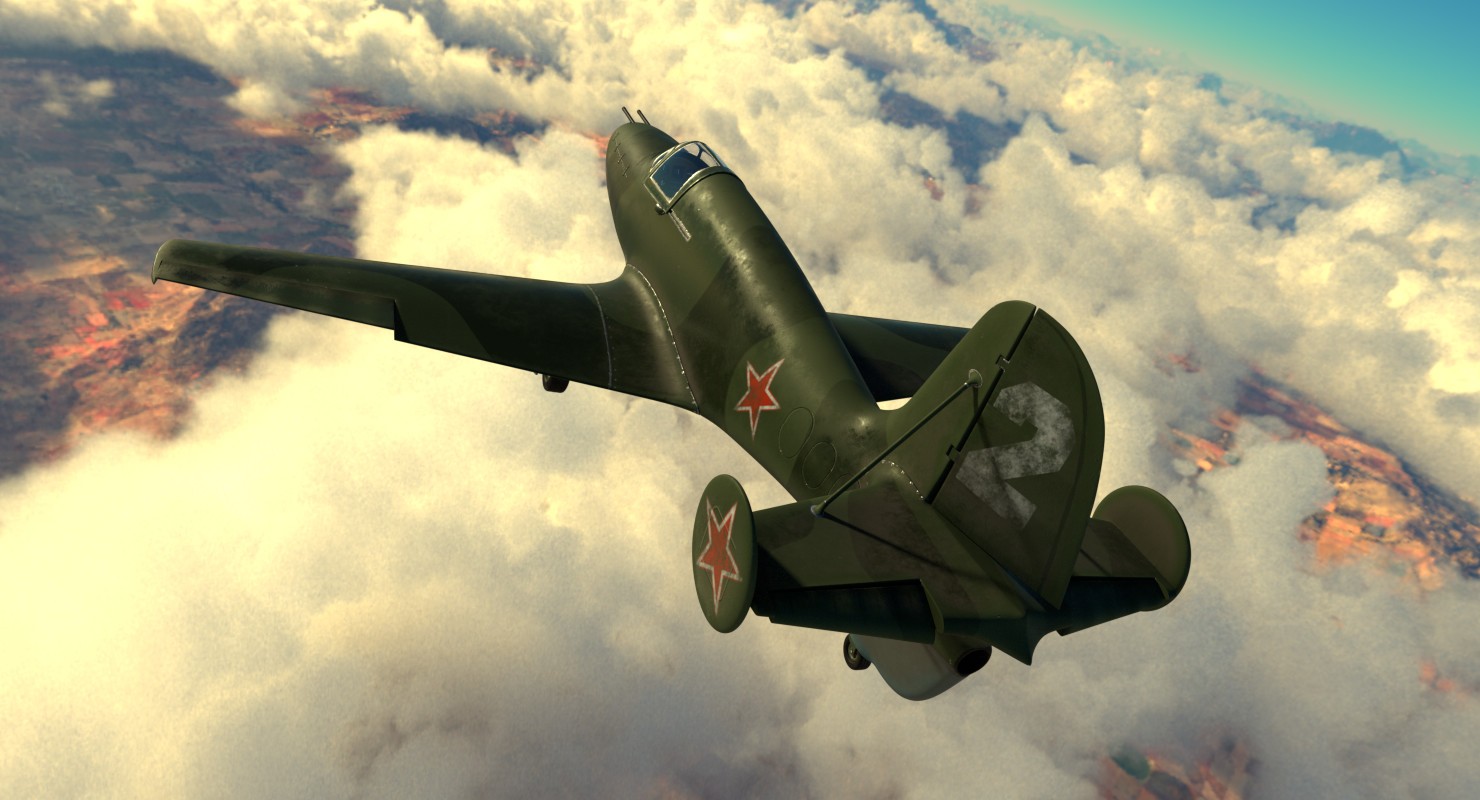
However, with the tide of the war turned in favor of Soviet Union, there was no longer need for a rocket-powered defensive aircraft and with that, the tests to design the Bereznyak-Isayev BI-1 was put to halt.
Related Content
Military Aircraft That Can Be Purchased By Civilians (Part 6)

